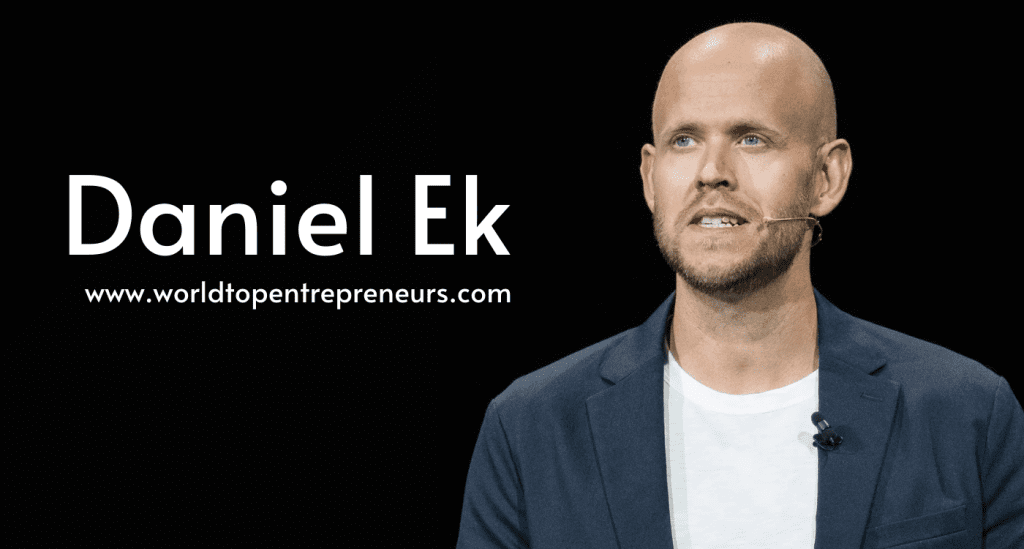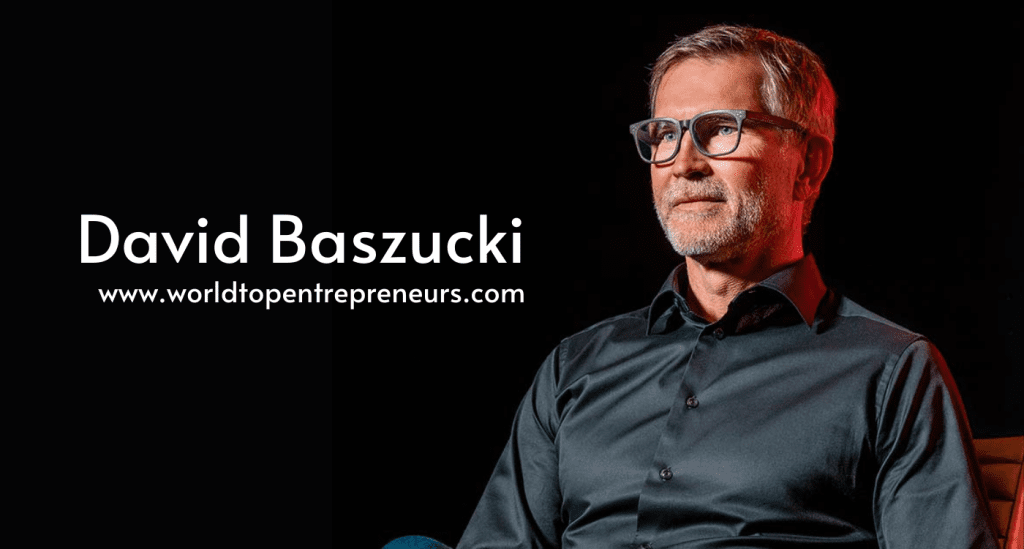Introduction:
Sundar Pichai, the CEO of Alphabet Inc., has become a global icon in the technology industry, known for his visionary leadership and innovative approach. His journey from a modest upbringing in India to the helm of one of the world’s most influential companies is both inspiring and instructive. This blog explores Pichai’s educational background, entrepreneurial journey, the challenges he faced, his notable successes, and the evolution of Alphabet Inc. under his leadership.
Educational Background:
Sundar Pichai was born in Madurai, India, in 1972, into a middle-class family. His father worked as an electrical engineer, and his mother was a stenographer. Growing up in a household that valued education, Pichai developed a passion for technology and engineering at an early age. He completed his Bachelor’s degree in Metallurgical Engineering from the Indian Institute of Technology (IIT) Kharagpur, where he was recognized for his academic excellence.
Following his undergraduate studies, Pichai pursued an M.S. in Material Sciences and Engineering from Stanford University. His time at Stanford not only expanded his technical knowledge but also introduced him to the Silicon Valley culture, which would later influence his career choices. He capped off his education with an MBA from the Wharton School of the University of Pennsylvania, where he was named a Siebel Scholar and a Palmer Scholar, highlighting his leadership and academic achievements.
Business Background:
Sundar Pichai’s professional career began at Applied Materials, where he worked as an engineer, honing his skills in product management and technology. However, it was his move to Google in 2004 that marked a pivotal point in his career. Pichai initially focused on Google Toolbar, a browser extension that allowed users to access Google services easily. His success in this role showcased his capability in product development and user experience.
Pichai’s impressive work on the Google Toolbar led to his involvement in the development of Google Chrome, which launched in 2008. Under his leadership, Chrome quickly gained popularity and became one of the most widely used web browsers in the world. Pichai’s ability to understand user needs and translate them into successful products caught the attention of Google’s co-founders, Larry Page and Sergey Brin.
The Rise to Leadership:
As Pichai continued to rise through the ranks at Google, he took on more significant responsibilities. In 2013, he was appointed Senior Vice President of Products, overseeing Google’s suite of applications and services, including Google Drive, Gmail, and Android. His strategic vision and collaborative approach helped drive innovation and growth within the company.
In 2015, the creation of Alphabet Inc. was announced, and Pichai was named CEO of Google. This reorganization allowed Google to focus on its core businesses while Alphabet explored other ventures. Pichai’s leadership was instrumental in guiding Google through this transition, emphasizing transparency, user privacy, and ethical considerations in technology.
Struggles Along the Way:
Despite his remarkable success, Pichai faced several challenges throughout his career. Transitioning from a product-focused role to a leadership position required a shift in mindset. Managing a large, diverse team while fostering innovation in a competitive industry was no small feat
Additionally, Pichai navigated significant challenges related to data privacy, regulatory scrutiny, and public perception. As Google became the center of controversy over issues like misinformation, data handling, and antitrust investigations, Pichai had to respond with strategic communication and policy changes to rebuild trust with users and regulators alike.
The COVID-19 pandemic also posed unprecedented challenges for Google and the tech industry. Pichai had to ensure that employees could work remotely while maintaining productivity and innovation during a time of uncertainty.
Successes and Milestones:
Under Sundar Pichai’s leadership, Alphabet Inc. has achieved remarkable successes. Google’s market share in search and advertising remains dominant, and the company continues to innovate across various sectors, including artificial intelligence, cloud computing, and hardware.
Pichai played a crucial role in the development of Google’s AI initiatives, promoting responsible AI use and integrating machine learning into various products, such as Google Assistant and Google Photos. His emphasis on AI has positioned Google as a leader in this transformative technology.
Moreover, Pichai has prioritized sustainability, announcing ambitious goals for Google to operate on 24/7 carbon-free energy by 2030. His commitment to addressing climate change reflects a broader vision for technology companies to take responsibility for their impact on the planet.
Future Aspirations:
Looking to the future, Sundar Pichai envisions Alphabet Inc. continuing to innovate while addressing the complex challenges of the digital age. He emphasizes the importance of developing technologies that benefit society, focusing on user privacy, and promoting ethical AI practices.
Pichai also aims to expand Alphabet’s ventures into areas such as healthcare and education, leveraging technology to solve critical global issues. His commitment to fostering a diverse and inclusive workplace will remain a priority as he leads the company through an evolving landscape.
Conclusion:
Sundar Pichai’s journey from Madurai to the CEO of Alphabet Inc. is a remarkable story of determination, innovation, and leadership. His educational background and diverse experiences have shaped his vision for technology and its role in society. As he continues to guide Alphabet into the future, Pichai remains a pivotal figure in the tech industry, inspiring future generations of leaders and innovators.





















